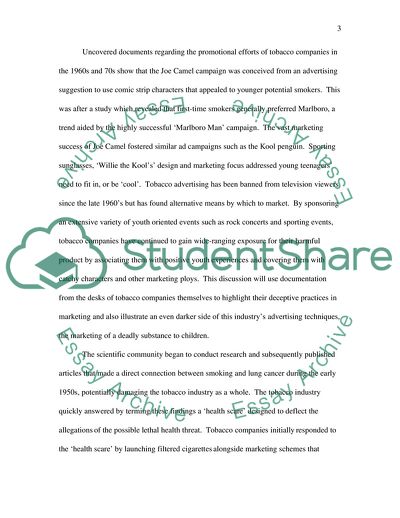Cite this document
(Brands Cannot Be Trusted Essay Example | Topics and Well Written Essays - 1500 words, n.d.)
Brands Cannot Be Trusted Essay Example | Topics and Well Written Essays - 1500 words. https://studentshare.org/marketing/1715722-essay-on-a-branding-issue
Brands Cannot Be Trusted Essay Example | Topics and Well Written Essays - 1500 words. https://studentshare.org/marketing/1715722-essay-on-a-branding-issue
(Brands Cannot Be Trusted Essay Example | Topics and Well Written Essays - 1500 Words)
Brands Cannot Be Trusted Essay Example | Topics and Well Written Essays - 1500 Words. https://studentshare.org/marketing/1715722-essay-on-a-branding-issue.
Brands Cannot Be Trusted Essay Example | Topics and Well Written Essays - 1500 Words. https://studentshare.org/marketing/1715722-essay-on-a-branding-issue.
“Brands Cannot Be Trusted Essay Example | Topics and Well Written Essays - 1500 Words”. https://studentshare.org/marketing/1715722-essay-on-a-branding-issue.


